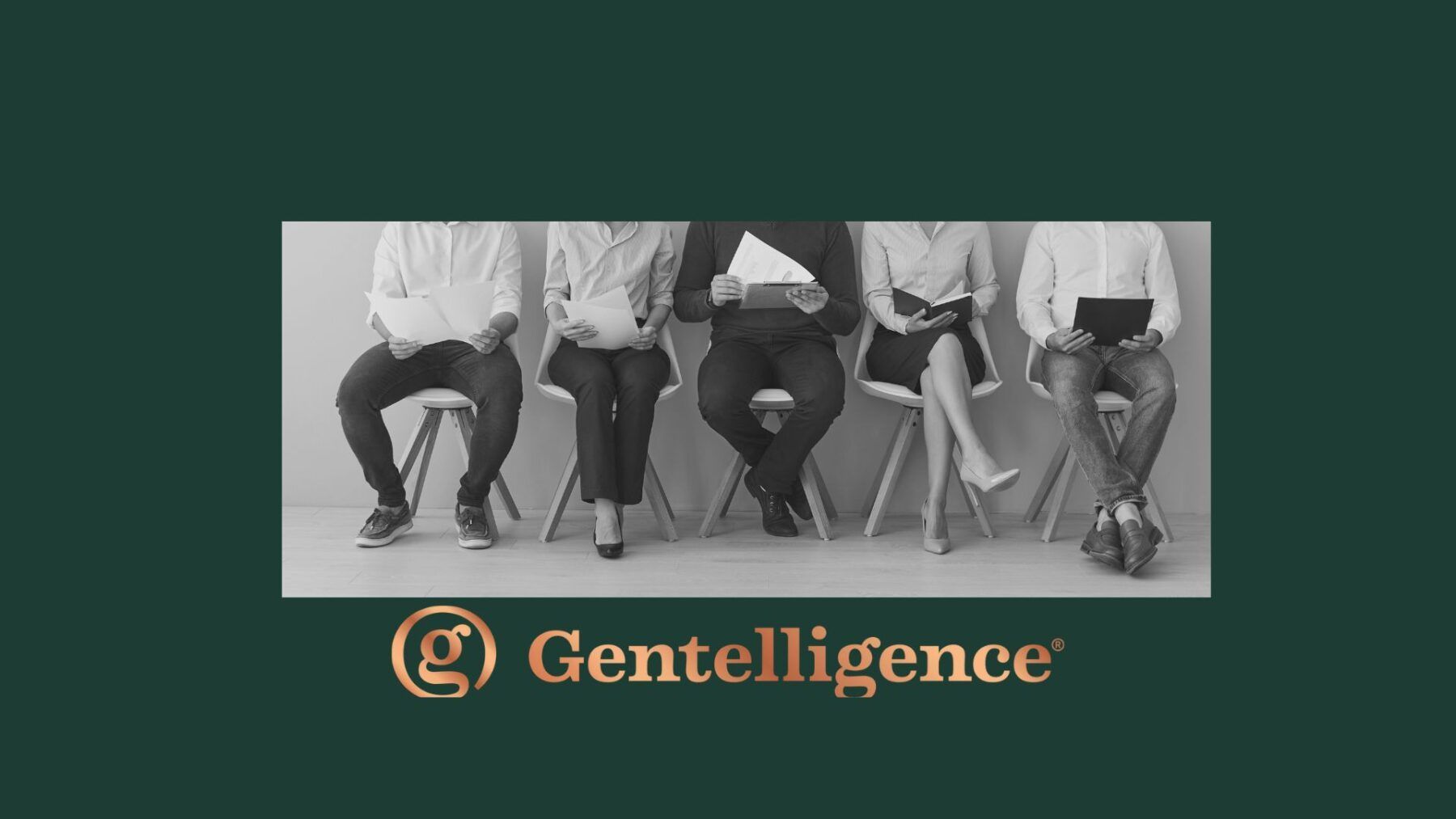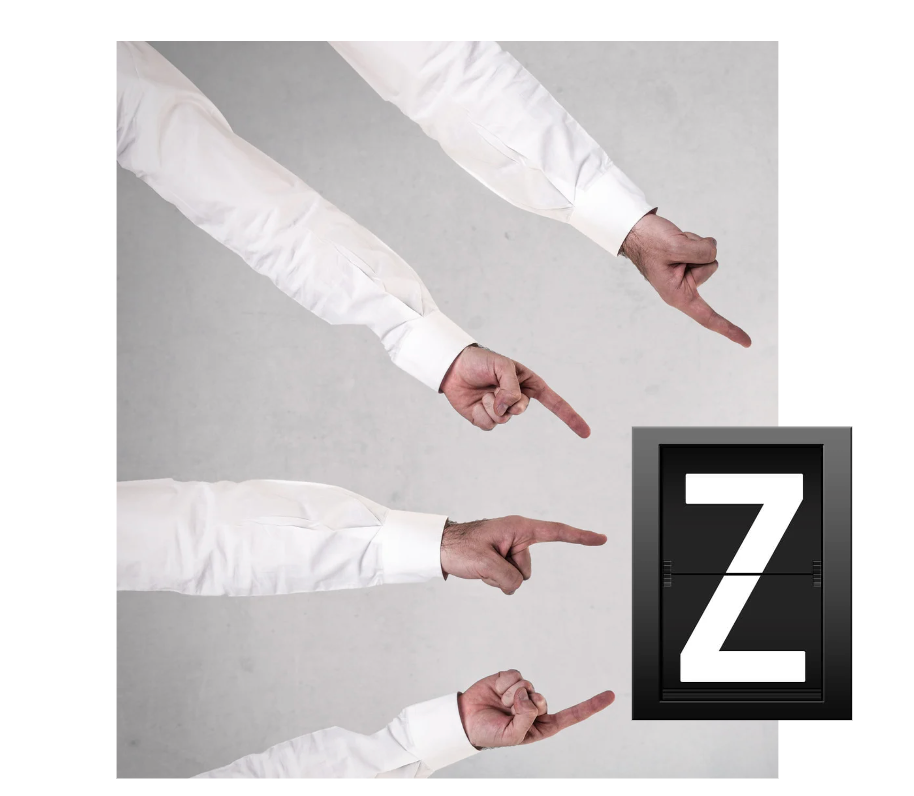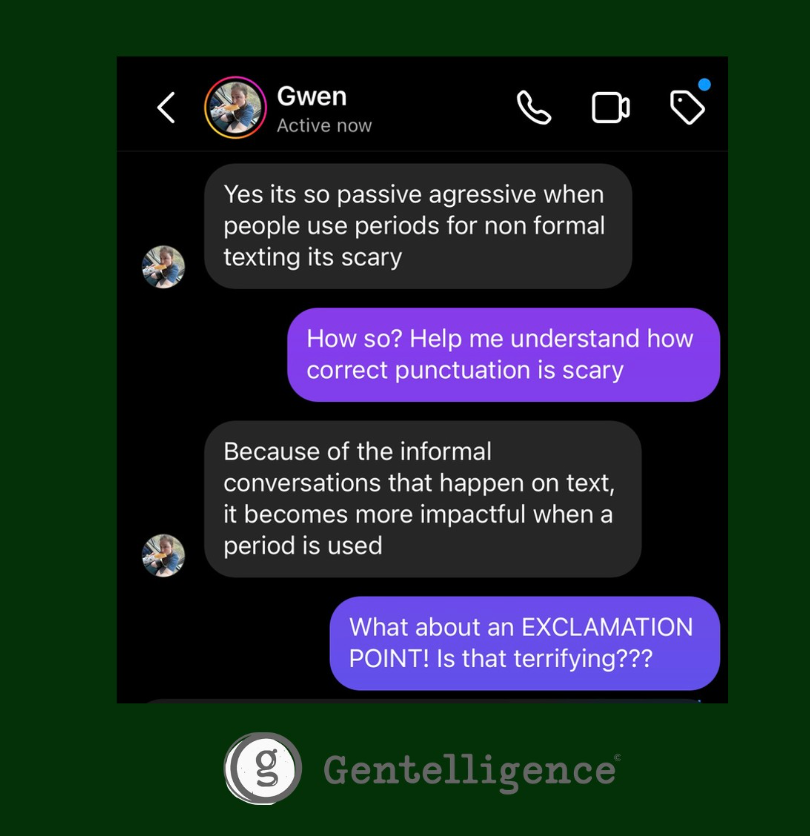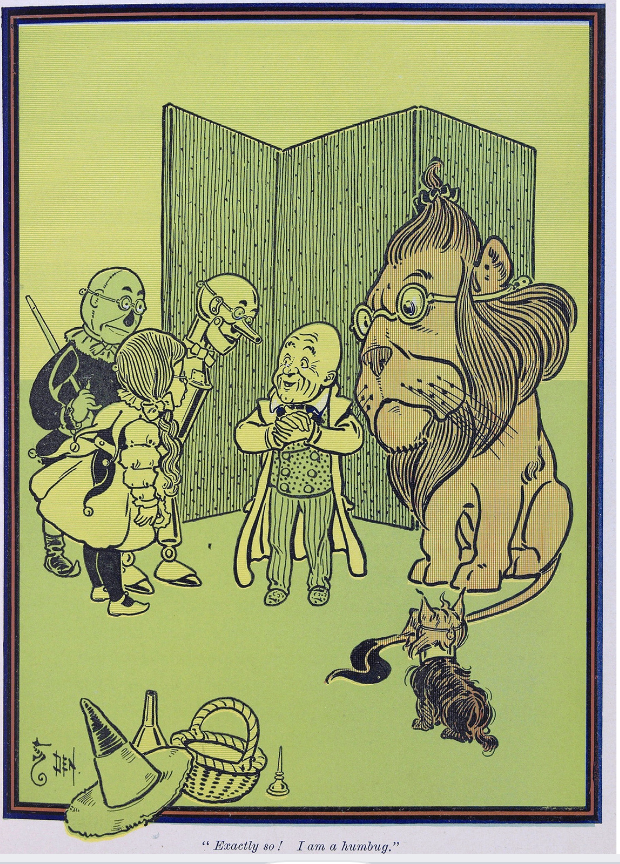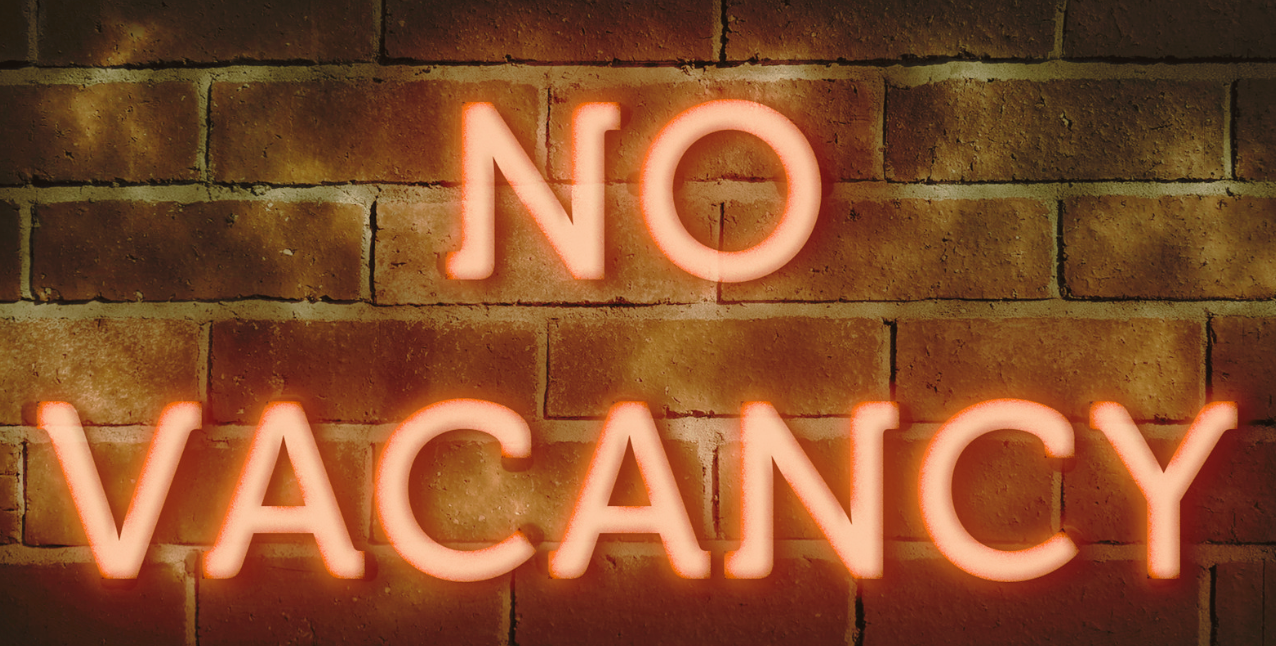Is Your Workplace Multi-Generational or Intergenerational? It Matters
(hint: one works, the other doesn't).
One of my clients emailed me last week to ask if I preferred the term "multigenerational workforce" or "intergenerational workforce" for an upcoming keynote address. My first thought was that those are entirely different things. I prefer an intergenerational workforce, but I'm not confident that is what you have. Yet.
A multigenerational workforce describes
what you have: the demographic makeup capturing the age ranges of your employees. Almost every organization has a multigenerational workforce, and as I'm sure you've heard by now, we are currently the first 5-generation workforce in history. People are working longer, either by choice or necessity, so in that way our workplaces are more multigenerational than they ever have been before. (The Silent Generation (1928-1945) currently makes up just less than 1% of the US workforce. However, the 5-generation workforce is likely to remain a reality as Generation Alpha (the oldest of which turns 12 this year) will soon be slowly entering the workforce, just as the Silent Generation fully exits).
In contrast, an intergenerational workforce refers to how those multiple generations interact, specifically in a way that creates something greater together than the sum of its individual parts. An intergenerational workforce is one where proactive effort and intentional strategy have been put in place to develop high-quality relationships, beneficial interactions, and productive collaborations between colleagues of different age cohorts. It doesn't happen by accident, and based on the many organizations I've worked with worldwide over the last 15 years, I am confident in saying it doesn't happen very often. It's the magic that can exist inside intergenerational interactions that are marked by curiosity instead of judgment.
I first encountered the word "intergenerational" when researching our book Gentelligence. According to the Academy of Management Learning and Education, "research emphasizes that intergenerational learning should be framed as a bi-directional development process rather than a "one way street," because both generations can benefit from intergenerational exchange (Fair & Delaplane, 2015; Knight et al., 2014). From this point of view, all employees—irrespective of their age or position within the company—possess unique knowledge that they can share with their colleagues (Fuller & Unwin, 2004; Senge, 1990). Accordingly, interactions between employees of different generations are an opportunity for a bidirectional learning process in which individuals from both generations can learn from the unique knowledge of the other".
Research shows that organizations that simply employ a multigenerational workforce without working to create an age-inclusive culture to support it will suffer. Their age diversity ends up working against them, resulting in more significant conflict and turnover, as well as lower performance. We see this pattern across all kinds of differences, and age differences are no exception. It's hard to work with and trust people we perceive to be different than us, and age is a very visible signal of difference. This well-known phenomenon is known as the similarity effect. This dynamic also means we are less likely to befriend or seek out people significantly older or younger than we are to learn from or partner with in the workplace.
While generations aren't as different as we sometimes assume when it comes to things like needs and values, the time in which we grow up and start our careers does mean we tend to learn different generational norms around how to pursue those needs. When norms clash, conflict occurs, and misunderstandings are likely. From there, it's easy to see how age differences can quickly lead to issues with performance, engagement, and cohesion.
How do we move from multigenerational to intergenerational? That's where Gentelligence comes in. It comes from reinforcing the belief that every generation possesses unique perspectives and different kinds of valuable expertise and knowledge. Research has confirmed this, finding that "both younger and older employees can be experts in particular subject areas and novices in others".
From a people strategy perspective, it's about ensuring employees of all ages have access to growth and development opportunities. They are encouraged and rewarded for sharing input and being willing to help others learn.
When we have a genuinely intergenerational workforce, something fascinating happens: age diversity transforms from a hindrance to an asset. In organizations where employees report a strong age-inclusive culture, age diversity results in better performance and more significant innovation.
I'm on a mission to transform multigenerational workforces into intergenerational workforces. Which one do you have?
